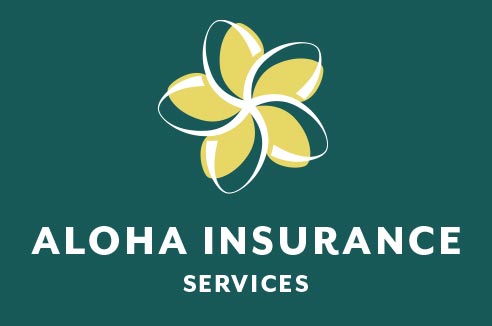Roughly 1,000 life insurance companies sell life insurance in the U.S., but many are members of groups of companies and so aren’t really competitors with each other. Having separate companies enables a group to offer its products through separate distribution channels, to more efficiently meet the regulatory requirements of particular states or to achieve other organizational goals. There are an estimated 300 company groups.
Moreover, not every group has a company licensed to operate in each state. As a general rule, you should buy from a company licensed in your state, because then you can rely on your state insurance department to help if there’s a problem. And if the insurance company becomes insolvent, your state’s life insurance guaranty fund will only help policyholders of companies it has licensed. To find out which companies are licensed in any state, contact that state’s state insurance department.
There are several other points to keep in mind when selecting a life insurance company:
- Product–Most, but not all, companies offer a broad range of policies and features, so choose a company that offers the product and features that meet your needs.
- Identity–Life insurance company names can be confusing, and different companies can have similar names. Life insurance company names often use words that suggest financial strength (such as Guaranty, Reserve or Security), financial sophistication (such as Bankers, Financial or Investors), maturity (such as First, Pioneer or Old), dependability (such as Assurance, Reliable or Trust), fairness (such as Beneficial, Equitable or Peoples), breadth of operations (such as Continental, National or International), government (such as American, Capital or Republic), or well-known and respected Americans (such as Jefferson, Franklin or Lincoln). Be sure you know the full name, home office location and affiliation (if any) of any company you are considering.
- Financial Solidity–Life insurance is a long-term arrangement. There is no guarantee for life insurance policyholders similar to that provided for bank accounts by the Federal Deposit Insurance Corporation (FDIC). Select a company that is likely to be financially sound for many years, by using ratings from independent rating agencies.
- Market Ethics–Some life insurance companies subscribe to the principles and codes of conduct of the Insurance Marketplace Standards Association, a nonprofit organization that promotes ethical conduct in life insurance marketing.
- Advice and Service–For many people, life insurance is a strange, complex product, so it helps to deal with a representative with whom you can communicate and who is attentive to your needs. This might be connected to the selection of a life insurance company because some agents represent only one or a very few life insurance companies.
- Claims–You may want to check a national claims database to see what complaint information it has on a company. Also, your state insurance department will be able to tell you if the insurance company you are considering doing business with had many consumer complaints about its service relative to the number of policies it sold.
- Premium and Cost–The premium is the amount you pay the company for the life insurance contract with all of its benefits. Even for a given death benefit and type of insurance (e.g., term life), the premium can vary widely among companies, either because some companies’ policies have features that others don’t, or because some charge more than others for the same coverage. So the first step in comparing policies is to make sure you compare similar insurance plans, based on:
- Your age
- The type of policy and policy features
- The amount of insurance you are purchasing
The premium for the policy isn’t the same as the cost of the protection portion of the policy. One policy might have a higher premium but also offer more benefits than another (e.g., it might pay policy dividends). Or both might promise dividends, but in different amounts at different points in time. In each case, the higher-premium policy might have a lower cost of protection. How can you tell what a policy’s cost is? Companies should tell you a policy’s Net Payment Cost Index and its Surrender Cost Index. Use the Surrender Cost Index if you’re thinking of keeping the insurance only for a specific period of time; use the Net Payment Cost Index if you expect to keep the policy indefinitely. Generally, the lower the cost index, the better.


